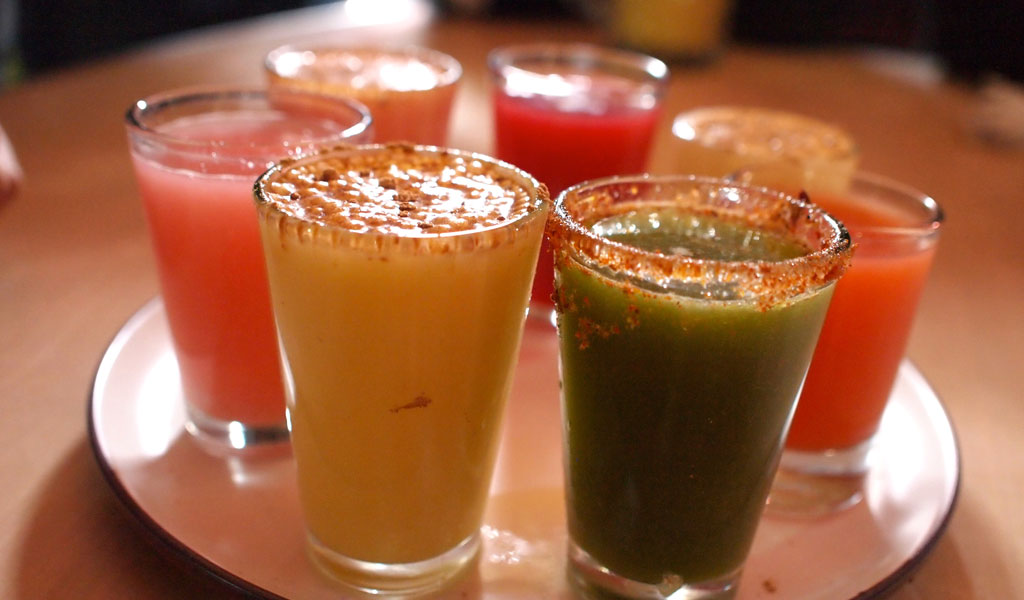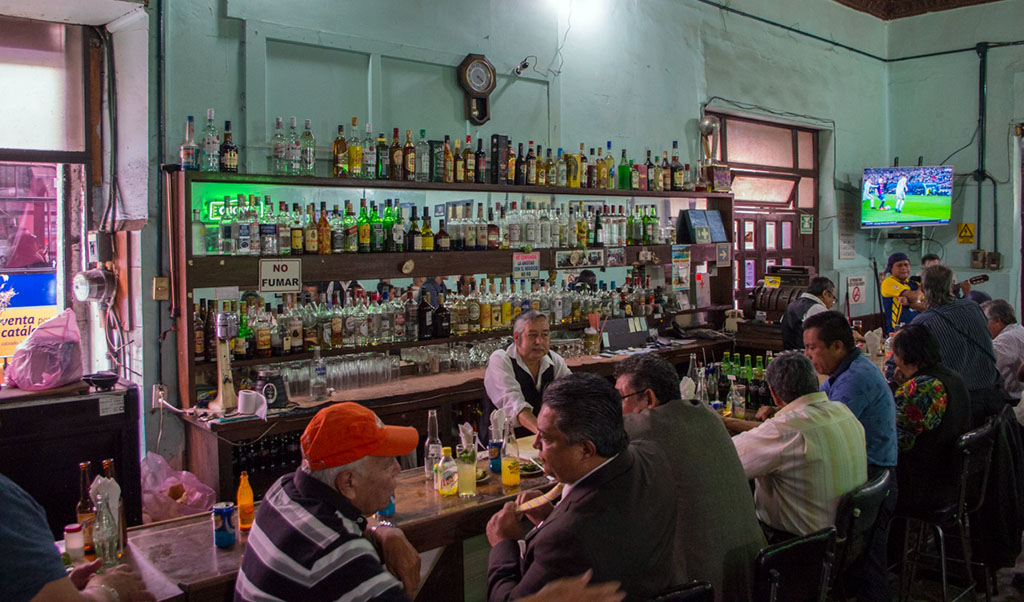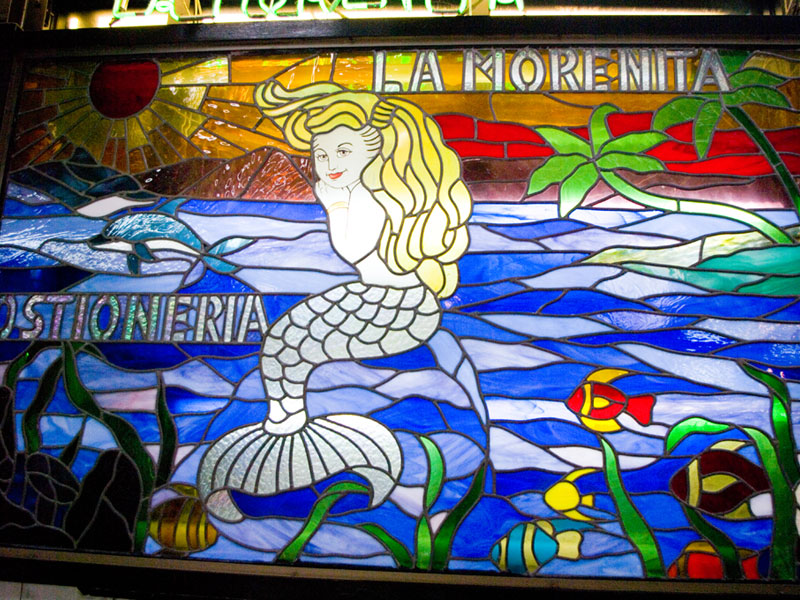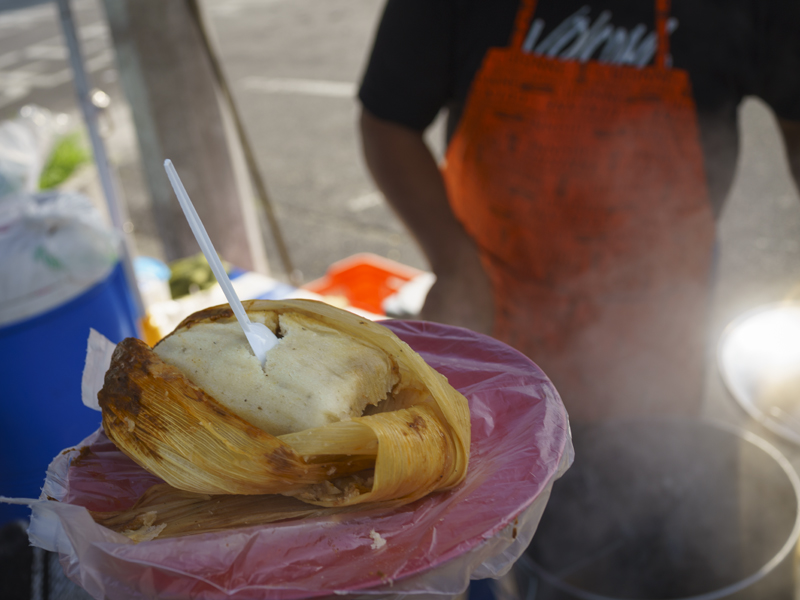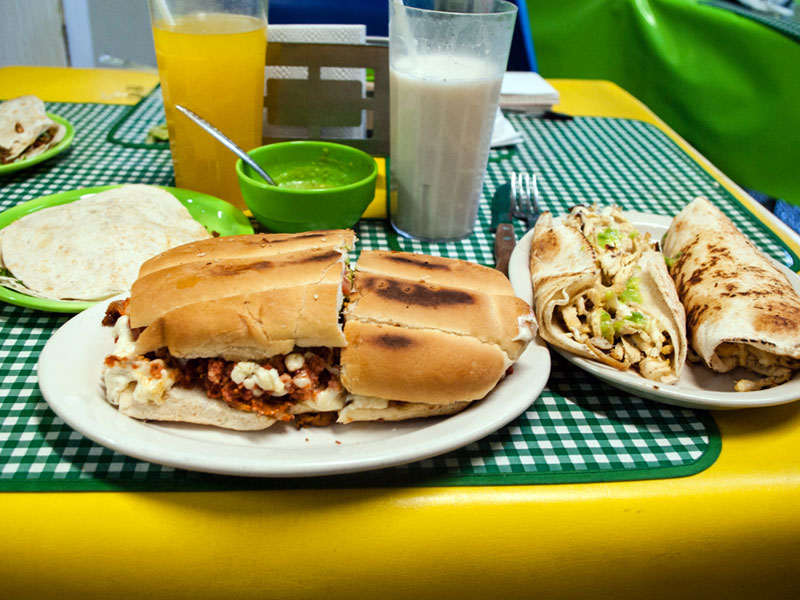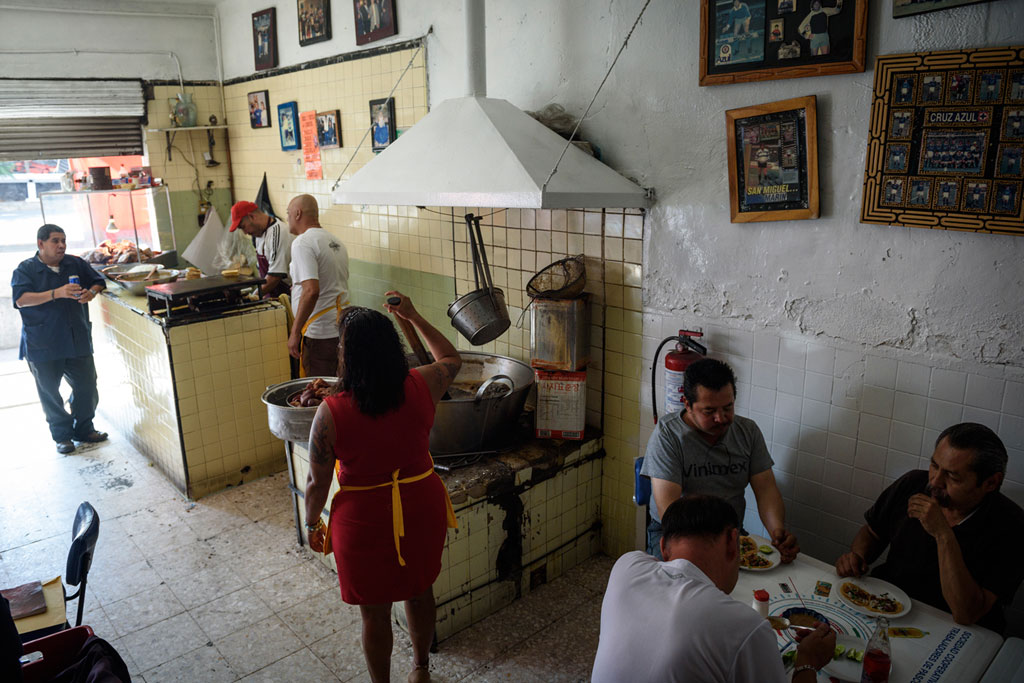We can't find the internet
Attempting to reconnect
Something went wrong!
Hang in there while we get back on track
Search results for "Ben Herrera"
Mexico City
Pulque: A Strange Brew's Revival
Milky, tart, viscous and slightly foamy. At first glance and sip, there’s little to explain why pulque – a mildly alcoholic drink made by fermenting the fresh sap of certain types of maguey, the same plant used for making mezcal – has remained a trusted companion to Mexican drinkers since Aztec times. Pulque, actually, has not only survived, but, after decades of losing ground to beer and soft drinks and their high-priced marketing campaigns, this workingman’s brew is making a comeback. New pulquerías are popping up in hip Mexico City neighborhoods and attracting a younger crowd while old pulquerías, which endured some lean times, are seeing an influx of new customers, who now sit side-by-side with older generations of loyal pulque drinkers.
Read moreMexico City
La Morenita: Fishy Business
Mexico City can be quite lacking when it comes to finding fresh, tasty seafood. At most markets in the city, in addition to the taco places and tlacoyo vendors, there is usually some kind of stand selling seafood, but the quality can be either very good or very bad. Buying from the right place is thus essential, and that’s why we were so happy to discover La Morenita, a standout seafood and oyster restaurant in Colonia Roma’s Mercado Medellín. Established more than three decades ago by Miguel Gardono, La Morenita has become a busy, reliable stop for shoppers.
Read moreMexico City
Tacos Árabes La Periquita: Pita Hut
(Editor's Note: In honor of the immigrants and refugees who have made their new home a better place for us all, this week we are running some of our favorite archived stories about those who have left a culinary mark on their adopted land.) Although we’re always hitting the pavement in search of the next good place to eat, sometimes places come to us. Such was the case with Tacos Árabes La Periquita, or “The Little Parrot,” an unassuming taquería in San Rafael that serves a relative rarity in Mexico City: “Arab tacos.”
Read moreMexico City
Carnitas El Azul: Mystery Meat
Mexico City is so vast that there are food places that can reach legendary status and still manage to remain unknown to most people. Take the case of Carnitas El Azul in Colonia Juárez. We had heard rumors about a place so good, Enrique Olvera – a Mexican chef who has also reached legendary status – unreservedly recommended it. However, when we asked around about it, nobody knew where it was or if it even existed. Only one friend, an expert eater, knew the hidden location of this mysterious jewel. “It’s really hard to find,” he said, promising to take us there. The day finally arrived. We met at the Insurgentes roundabout and walked towards the northwest exit.
Read more